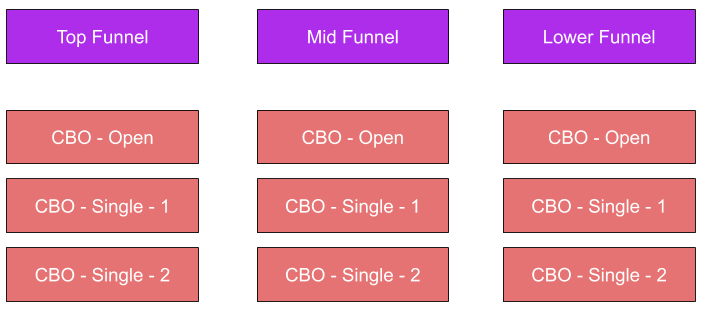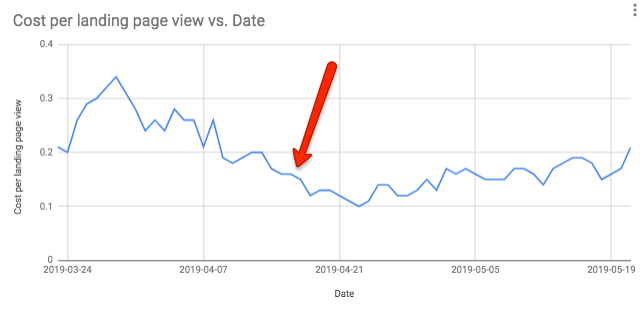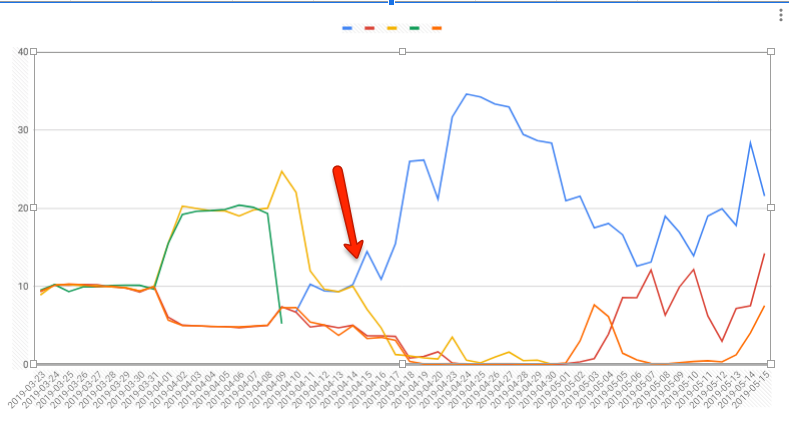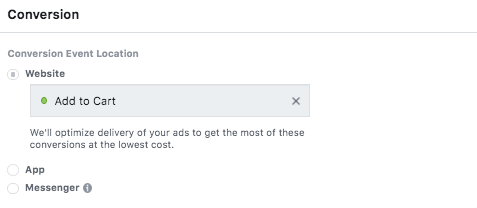As many will know, September brings the much written about change to enforced campaign budget optimisation.
With this being such a monumental change, I thought it useful to put down a few ideas on how to prepare well ahead of time.
So what is this all about? Without wanting to re-hash plenty of existing content, the brief overview is that Facebook is making the change from setting budgets at the ad set level to campaign level budget control. The optional ‘campaign budget optimisation’ feature then becomes the default, with Facebook learning which ad set is performing best and diverting spend towards that ad set.
As a result, advertisers have two choices; either retain granular control by having minimal ad sets in each campaign, OR trust Facebook to prioritise spend towards the best ad sets. What you decide to do is completely up to you of course, and at Overdrive we’re expecting to be using a combination of both.
So really what we’re talking about here is a logistical change in the way we structure our accounts, determined by where we want granular control vs. where we’re happy for Facebook to be free and go for it.
As with anything Facebook related, the outcome of this is typically unknown. However, there are a number of things you can to do give yourself the best chance of getting through the change unharmed.
On that note, here’s a few things that we are doing now to prepare ahead of September…
Account Structure
The first thing to really start thinking about is how your current account structure is going to need to adapt to fit into the new world of CBO.
As mentioned, this really comes down to where you want tight control over spend. Our plan as a team is to continue our current tiered funnel structure (top, mid, lower etc) but breaking each stage out into a general CBO ‘open’ campaign and then splitting winners out into sub campaigns if necessary for tighter control.

If everything is doing fine in the main CBO campaign then happy days, but if we feel an ad set is suffering (perhaps due to lack of volume) then we have a manageable structure where we can easily get the control we need.
Testing Top of Funnel
Obviously THE most important thing is to start testing CBO in your accounts right now.
The general reports from other advertisers is that some account see success with CBO and some don’t, which is pretty typical of anything Facebook Ads related. It’s completely unpredictable.
With top of funnel activity you need to see how CBO impacts your prospecting performance (i.e cost per landing page view etc), but also how this is rippling down throughout your funnel / customer journey.
Don’t forget – Facebook will be optimising towards ad sets that deliver lower costs in traffic, but is this at the expense of targeting people who may cost more, but are more likely to buy later down the line?
It would definitely pay to keep an eye on Facebook Analytics to check in on this.

In the example above, we can see that switching to CBO had a positive impact on traffic costs, however they’re starting to climb back up again. So although initially positive, it’s not been a performance game changer in this case.
Testing Lower Funnel
When testing on lower funnel activity, we’re typically optimising towards purchase events or at least events that are far closer to a purchase (add to cart for example).
As a result, the volume of data is going to be much lower than top of funnel activity. The guide from Facebook is 50 conversions per week per campaign for CBO to work effectively. For a retargeting campaign that can be quite a lot for many accounts.
So, the first question to ask is whether you have close to the right volume for CBO to work. If not, splitting ad sets into their own campaigns may be worthwhile.
Tracking Volume vs. Goals
When running a test on an existing campaign, one of the most important things to keep an eye on is spend vs. volume vs. your KPI (ROAS / CPA etc).
Because CBO is all based on Facebook’s ability to learn, I really want to understand how volume is impacting my results. If volume climbs, how does this impact my CPA or ROAS? If volume drops suddenly, then what happens?
If possible, I also really want to get a view on spend by ad set vs. my KPI. Ideally over time. What I’m trying to figure out is whether or not Facebook is truly making the right decisions on where to spend the budget.
In the example below we can start to get a sense of what decisions Facebook is making over time following a change to CBO:

Ad Set Optimisations for Low Volume Accounts
I really do think the saddest thing about this change is that newer advertisers with lower spend and therefore lower volume are going to struggle.
If you do find yourself in an account where the volume is way under the recommended volume, my recommendation would be to run a CBO test optimising for a conversion event that’s slightly higher up the funnel.
For example, if you’re not getting enough purchase events, are you hitting a good volume of add to cart events? If not, how about product page views (viewContent events)? Essentially, try working your way back up the purchase journey until you reach a point where you’re comfortable with the volume.

Testing Variables
I would also be looking into testing different amount of variables within a CBO campaign. Building a sense of how much to run (at YOUR spend levels) would be a very sensible move.
Things to try and build a sense around:
- How many ad sets should you run for each CBO campaign?
- How many ads per ad set (and total by campaign) should you run?
The above in theory should be determined by the amount you’re spending, but every account will be completely different. Therefore, I really believe that this is one of the items that should be on everyone’s prep list.
Planning Naming Conventions
A slightly dry topic to end on, but what we’re really talking about here is being in a position where the volume of campaigns in each account is going to have to increase. And potentially increase substantially.
Therefore, keeping track of performance and managing the account is going to require some serious organisation.
When looking at campaign naming conventions and relating to the structure mentioned above, I would recommend the following:
[Country] | [objective] | [funnel stage] | [Open / Controlled]_[Control Number]
Which may translate to:
UK | Traffic | TOF | Control_1
This means I can very quickly identify groups of campaigns where granular control is required and split this out in my reporting.
This post is by no means an exhaustive list of things to do for CBO preparation, however hopefully it acts as a useful helping guide if you’re struggling to think about where to start.
How are you preparing? Let us know!




